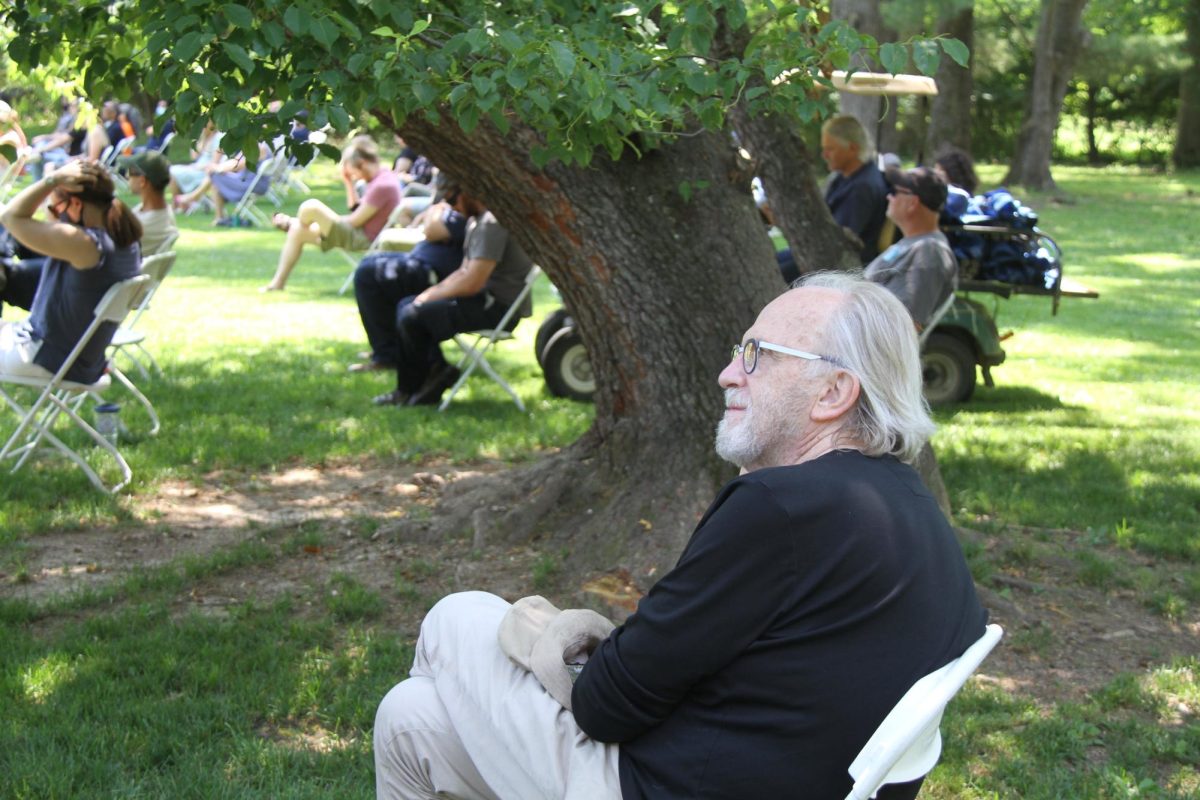COVID-19 Vaccine Progress and What it Means for the Future of America
February 10, 2021
In December 2020, a group of Long Island healthcare workers were among the first to receive the Pfizer-BioNTech COVID-19 vaccine. Since then, Moderna has also put forth a vaccine approved by the Food and Drug Administration (FDA). Under the Emergency Use Authorization (EUA) policy, an individual must be 16 or over to be eligible for the Pfizer-BioNTech vaccine, and at least 18 or over to be eligible for the Moderna vaccine. Both vaccines require two injections, with the Pfizer-BioNTech vaccine having a 95% effectiveness rate and the Moderna vaccine having a 94.1% effectiveness rate. More than 2.2 million Americans have been fully vaccinated according to the Washington Post tracker, and on January 29, more than 90.8 million doses had been administered in 62 other countries. Public health officials have determined that in order to fully stop the spread of the virus, at least seventy percent of the United States population needs to be inoculated before reaching this point.
Recently, Johnson and Johnson’s single-injection COVID-19 vaccine alternative “generated strong protection against Covid-19 in a large, late-stage trial, raising hopes that it can rapidly reshape a stumbling immunization campaign,” according to the company’s statement on Friday. The executives also stated that the vaccine showed a 66 percent effectiveness rate in a study of 43,000 people with moderate to severe cases of COVID-19. The vaccine was shown as particularly effective in combating severe infections, preventing 85% of all severe infections and 100% of hospitalizations and deaths. Next week, the company plans on filing with the Food and Drug Administration and is expecting approval by March. They have not specified whether or not the vaccine would be distributed immediately, but they have stated that at least 100 million doses of the vaccine will be provided to the United States in June, assuming approval.
It has been noted that even after treatment, safety measures still need to be strictly followed in the United States until at least seventy percent of the population has been vaccinated. Freshman Arjun Ray agreed, stating that “the continued vigilance of Americans to observe safety measures” is a major obstacle in the process of distributing vaccines and the eventual return to normalcy. Public health officials have done extensive research on the matter, which has shown that even after the vaccine is distributed, Americans still need to maintain our current safety measures to guarantee the safety of our population and the prosperity of our nation.






